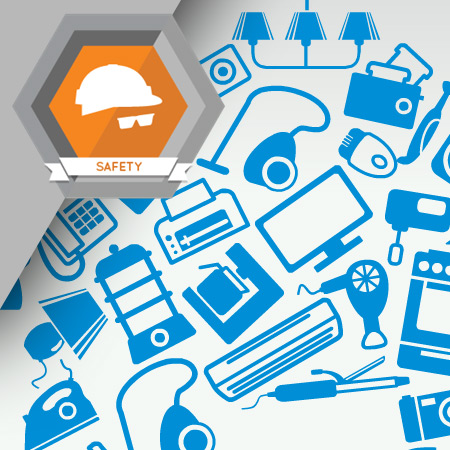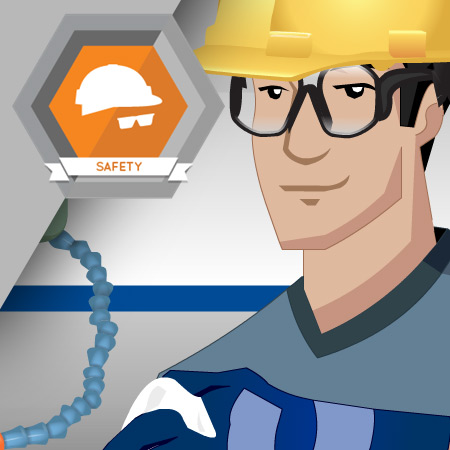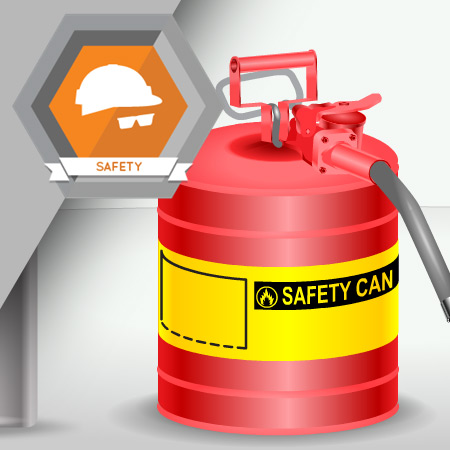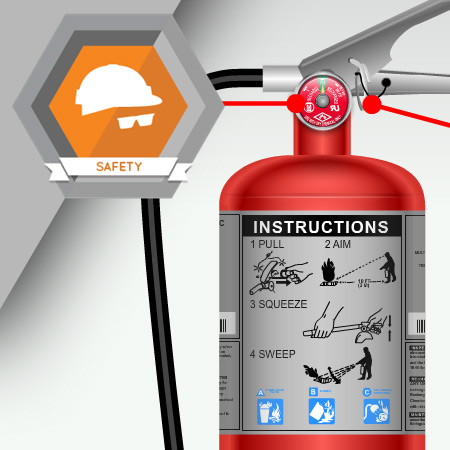
Working with electricity can be dangerous, whether you are working with it directly or indirectly. However, with a healthy respect for electricity and a basic understanding of how it works, you can take precautions to protect yourself from electrical hazards.
Learning Objectives
- Understand how electricity works
- Identify electrical hazards
- Apply electrical safety guidelines

If a device starts up unexpectedly, you can be severely injured. Fortunately, lockout/tagout procedures prevent devices from accidentally starting up. As long as the processes are followed correctly, lockout/tagout procedures play a valuable role in protecting you from workplace hazards.
Learning Objectives
- Understand the lockout/tagout process
- Identify the main components of an electrical and a pneumatic lockout/tagout
- Follow the steps to perform an electrical lockout/tagout
- Complete a pneumatic lockout/tagout

A workplace fire can have nightmarish consequences. To avoid tragic results, employers need to train their employees on fire hazards in the workplace and what to do in case a fire does occur.
Learning Objectives
- Know how a fire starts
- Explain the difference between the classes of fire
- Apply fire safety guidelines
- Practice a fire drill

Selecting the wrong type of fire extinguisher for a fire or using it incorrectly can make a bad situation worse. Using a fire extinguisher is not just about picking up the nearest one and using it to fight a fire. Selecting the right fire extinguisher for the fire and following the PASS sequence can make a big difference in your firefighting success.
Learning Objectives
- Understand how a fire extinguisher works
- Match a fire extinguisher to a class of fire
- Use a fire extinguisher
